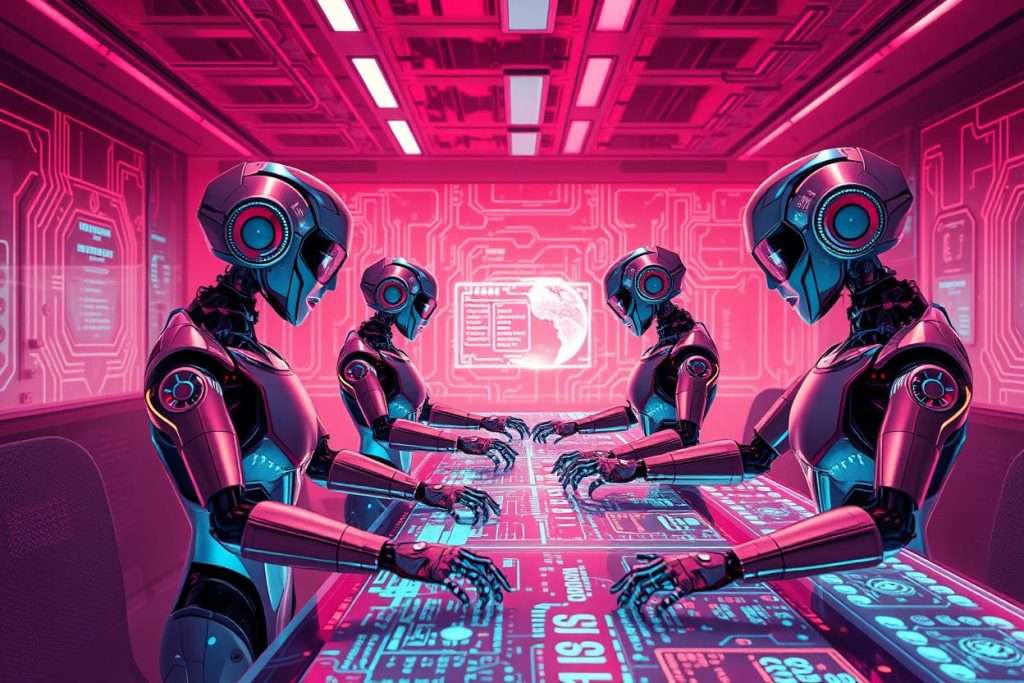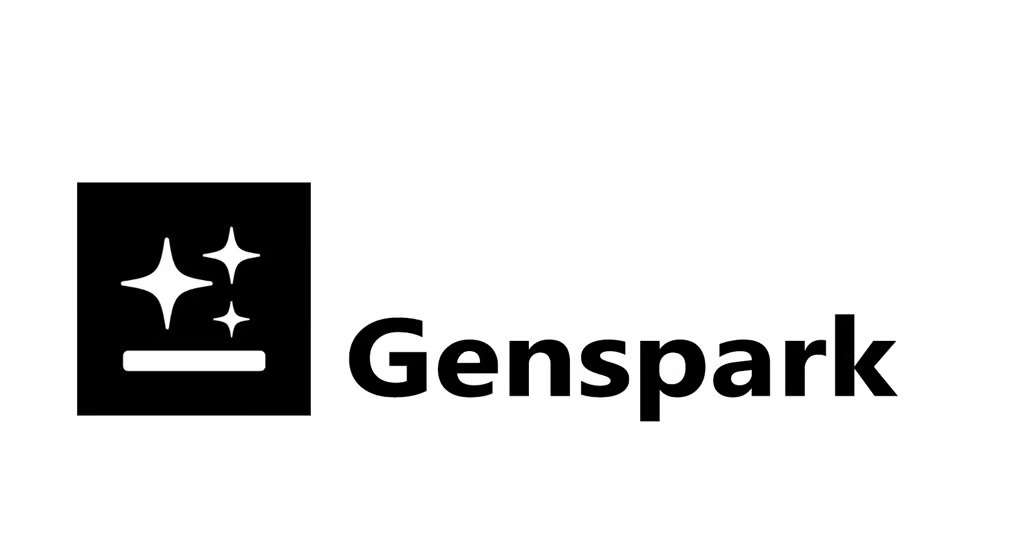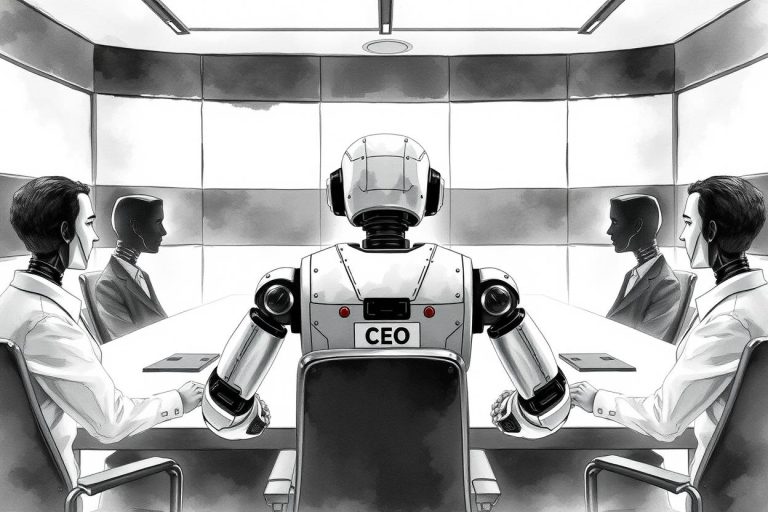The Best No-Code AI Agents of 2025: From Workflow Automation to AI Teams

The best no-code AI agents are platforms that empower non-technical users to build and deploy autonomous systems that can handle complex, goal-oriented projects. These easy to use AI agents represent a major shift in automation, moving beyond simple, repetitive tasks to tackle projects that require reasoning, planning, and collaboration.
Unlike traditional automation tools, these new platforms are not for automating hundreds of small, identical tasks. They are for autonomously handling one large, complex project at a time. This guide provides a practical comparison of the top no-code AI agents, detailing their unique strengths, ideal use cases, and the key skill—prompt engineering—required to unlock their full potential.
The “No-Code AI Agent” landscape
The term “no-code AI” can be confusing. It’s crucial to distinguish between different categories of tools that serve very different purposes.
The Key Distinction: Automating Tasks vs. Accomplishing Projects
- No-Code Automation (e.g., Zapier): These platforms excel at automating simple, high-volume, repetitive tasks. Their logic is linear: “When X happens in App A, do Y in App B.”
- No-Code Multi-Agent Platforms: These platforms are designed to autonomously handle complex, often one-off projects that require reasoning and collaboration. Their logic is goal-oriented: “Here is my objective; assemble a team of AI agents to figure out how to achieve it.”
How These Multi-Agent Platforms Actually Work
Instead of asking the user to build a workflow, these platforms ask the user to manage a digital team.
The “Hire a Digital Team” Model
The user’s role shifts from an architect to a manager. You provide a high-level project goal, and the platform’s orchestrator assembles a temporary “crew” of specialized agents to work on it. For example, it might deploy a Research_Agent to gather data, an Analysis_Agent to find insights, and a Writer_Agent to compile the final report.
Why Prompt Engineering is the Core Skill
Because you are not building the workflow logic yourself, the primary way you control the outcome is through your initial instructions. The key skill required to use these platforms effectively is expert-level prompt engineering. Your ability to clearly and comprehensively define the project goal, constraints, and desired output in natural language is what determines the quality of the final result. You can build an AI agent without coding, but you cannot do so without clear, logical thinking.
A Practical Comparison: The Top “Outside the Box” No-Code Platforms
This table provides a quick overview of the top platforms in this emerging category.
| Platform | Core Strength | Best For (Project Type) | Key Differentiator |
| Manus AI | Deep Research & Coding | Complex R&D projects, market research, code generation. | Its focus on role-based, multi-agent collaboration. |
| Genspark | Multi-Modal Creativity | Projects requiring a mix of web research, image generation, and even AI phone calls. | Its “mixture-of-agents” architecture that dynamically chooses the best AI model for each sub-task. |
| Flowith NEO | Data-Intensive Workflows | Analyzing large documents, tracking complex projects over time. | Its massive context window and visual, node-based approach to orchestrating sub-agents. |
| Suna | Privacy & Local Control | Users who want a personalized agent with access to local files without sending data to the cloud. | Its open-source nature and focus on private, local deployment. |
A Deep Dive into best no-code AI Agents
To choose the right platform, it’s essential to understand the specific strengths, features, and trade-offs of each. Here is a detailed, factual breakdown of the leading “outside the box” no-code AI agents.
Manus: The Autonomous Research & Development Team

Manus AI operates on a unique “hire an AI employee” model. It is not a general-purpose workflow builder but a powerful platform for delegating complex, multi-faceted research, analysis, and coding projects to a coordinated team of AI agents.
- Core Mechanism: A user provides a high-level objective (e.g., “Analyze the market viability of a new SaaS product”). Manus then deploys a team of specialized agents, including a Planner to structure the task, multiple Researcher agents that can use advanced search queries with web browsing capabilities, and a Synthesizer to compile the findings into a structured report.
- Key Features:
- Multi-Modal Autonomy: Can process information from text, images, and other data formats.
- Advanced Web Browsing: Its agents can navigate complex websites, handle logins, and extract data in a way that simpler tools cannot.
- Cited Sources: All research reports are delivered with complete source attribution and citations, a critical feature for validating information.
- Best Use Case: Producing a comprehensive market analysis report, conducting deep scientific literature reviews, or generating and debugging complex codebases.
- Identified Limitation: It is primarily designed for asynchronous, long-running projects. It is not a tool for real-time, interactive workflows or simple, repetitive task automation. For users seeking a Manus AI alternative for instant, trigger-based tasks, a platform like n8n would be more appropriate.
Genspark: The “Mixture-of-Agents” for Multi-Modal Tasks

Genspark is a “super-agent” designed to handle complex, multi-modal queries by using a central orchestrator to dynamically choose the best AI model from a pool of specialists for each sub-task.
- Core Mechanism: When given a complex goal, Genspark’s orchestrator deconstructs it and routes different parts of the problem to different underlying AI models. It might use a powerful search model to gather information, a data analysis model to interpret it, an image generation model to create visuals, and even a voice model to make phone calls.
- Key Features:
- Mixture-of-Agents Architecture: Coordinates up to eight different specialized LLMs to handle a single request.
- AI-Powered Phone Calls: A unique feature that allows the agent to make real-world phone calls to gather information or confirm appointments.
- “Spark” Generation: Creates unique, dedicated webpages to present its findings, which can include text, images, maps, and other rich media.
- Best Use Case: Planning a complex, multi-faceted event or trip that requires web research, location mapping, and making phone calls to vendors or venues.
- Identified Limitation: As noted in our Tech Pilot review, while the technology is impressive, it is still a consumer-focused tool. It lacks the deep enterprise integrations, security features, and governance controls needed for highly regulated or business-critical applications, making a Genspark alternative necessary for corporate use.
Flowith NEO: The Visual “Infinite Workflow” Builder

Flowith NEO is a powerful platform for automating long-running, data-intensive projects. It uses a unique, visual mind-map-style canvas that allows users to design complex workflows and can dynamically create “sub-agents” to handle different parts of the process.
- Core Mechanism: The user visually maps out a workflow on an “infinite canvas.” The platform’s key differentiator is its massive context window (up to 10 million tokens), which allows it to maintain a coherent understanding of a project over a very long period. It can “zoom in” on a specific sub-task or “zoom out” to see the entire project context.
- Key Features:
- Massive Context Window: Essential for tasks involving very large documents or long-running projects.
- Dynamic Sub-Agent Creation: The system can autonomously spawn new agents to work on different branches of the workflow simultaneously.
- Visual, Node-Based Editor: Provides a clear, structured way to design and debug highly complex, branching processes.
- Best Use Case: Analyzing a 500-page legal contract to identify all clauses related to a specific topic, summarizing them, and providing a detailed risk assessment.
- Identified Limitation: The visual interface is extremely powerful but can have a steeper learning curve than simpler platforms. It is designed for complex project automation, not for simple, linear “if-this, then-that” tasks.
Suna: The Open-Source Agent for Privacy and Control

Suna (from Kortix) is fundamentally different from the others on this list. It is not a commercial SaaS platform but an open-source framework that allows technically-inclined users to build and run their own personal AI agents on their local hardware.
- Core Mechanism: Suna provides the code and the framework for users to create their own “local-first” agents. This means the agent, its memory, and all the data it processes remain on the user’s own computer, never being sent to a third-party cloud service.
- Key Features:
- Data Privacy: Its primary advantage is offering complete and total data privacy.
- Local File Access: It can be given access to local files, folders, and emails, allowing it to build a truly personalized knowledge base.
- Open-Source Customization: As an open-source project, it offers near-infinite flexibility for developers who want to build custom tools and capabilities.
- Best Use Case: A user who wants to create a personalized AI assistant that can read and summarize their private documents, notes, and emails without compromising their privacy.
- Identified Limitation: It requires significant technical setup and maintenance. As an open-source project, finding a Kortix Suna alternative that offers the same level of privacy is nearly impossible, but commercial platforms provide far greater ease of use and support.
The New Skill Requirement: From Workflow Design to Prompt Engineering
The most significant shift with these new platforms is the required skill. The key to success is no longer just logical workflow design; it is expert-level prompt engineering. Because you are delegating a high-level goal, not building a step-by-step process, your ability to define the objective with precision determines the quality of the outcome.
Prompt Engineering 101: A Mini-Guide
- Be Explicit About Format: Don’t just ask for a “report.” Ask for a “five-page market analysis report in Markdown format, including a table of contents, an executive summary, and a list of cited sources.”
- Set Clear Constraints: Define the boundaries. Specify the word count, the tone of voice (e.g., “formal and professional”), the budget for a task, and what not to do.
- Provide Examples (Few-Shot Prompting): Give the agent a small example of the output you want. This is one of the most effective ways to guide its behavior.
- Assign a Persona: Instruct the agent to act as a specific expert. “You are a Senior Financial Analyst. Analyze these earnings reports…”
- Iterate and Refine: Your first prompt will rarely be perfect. Analyze the agent’s output, identify where it misunderstood your instructions, and refine your prompt to be more specific.
Common misconceptions about multiple-agent No-code platforms
Myth #1: “No-Code” means “no skill required.”
The Reality: This is incorrect. While you don’t need to be a programmer, you do need to be a skilled logical thinker. The key skill for these platforms is expert-level prompt engineering—the ability to clearly and comprehensively define your goal in natural language.
Myth #2: They are for automating simple, repetitive tasks.
The Reality: This is the most common misunderstanding. These platforms are specifically designed to handle complex, often one-off projects that are too nuanced for traditional automation tools like Zapier. They are part of a new category of ready to use AI agents for complex work.
Conclusion: The New Era of AI-Powered Productivity
The emergence of these powerful, accessible platforms marks a significant shift in the world of AI. The ability to orchestrate a team of no-code AI agents to achieve a complex goal is no longer limited to enterprise R&D labs. It is now in the hands of any individual or small team with a clear vision. The key to success is not in learning to code, but in learning to think, plan, and communicate your objectives with the clarity and precision that these new AI agent without coding platforms demand.




